I am currently working on a fresh link system for my affiliate sites. However, I am still relatively inexperienced in the PHP area, even though I have always managed it. The affiliate links have a different structure and I would like to create a URL by means of PHP, with which these are automatically provided with the structure. I can not describe it very well, but I still try it with an example:
User X enters the URL "example.net/ref.php?url=NORMAL_URL" and depending on the domain in the "NORMAL_URL" a structure is applied. For example, an "? Aff = XYZ" is added to the URL "example.net/ref.php?url=http://example.de/". If the URL "example.net/ref.php?url=http://example.nl/" is directed to "affiliate_network.de/encoded_url=http%3A%2F%2Fexample.nl%2F I hope you have It at least a very small bit understood.Thanks for any help!
